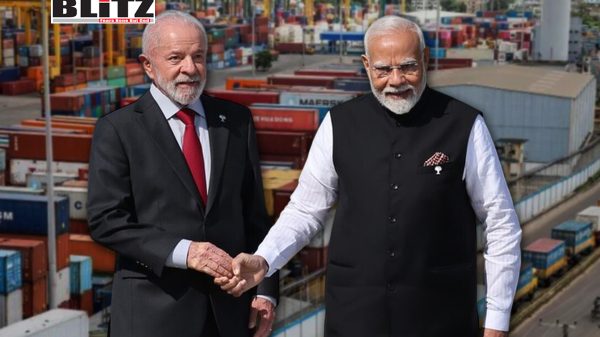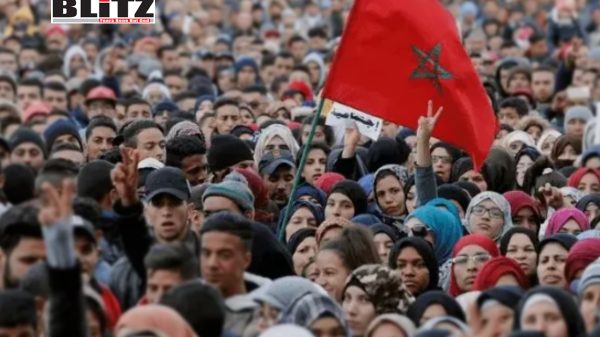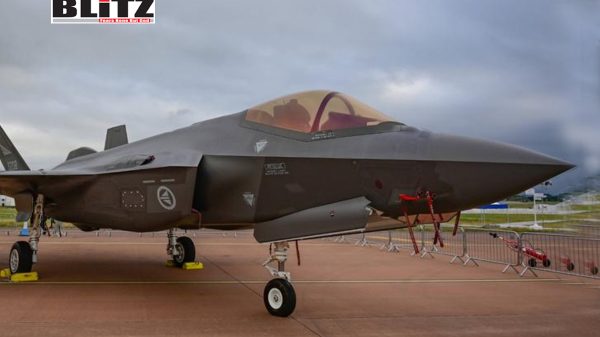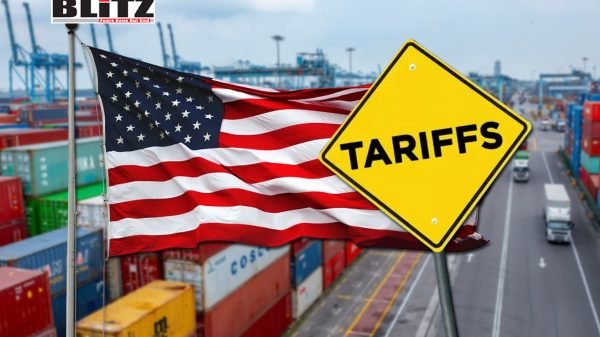India and Brazil deepen trade ties to counter US tariff pressure
- Update Time : Thursday, October 9, 2025

India and Brazil, two major emerging economies and key members of the BRICS alliance, are deepening their economic cooperation in response to punitive tariffs imposed by the United States. As both nations face growing trade restrictions and political friction with Washington, they have begun charting a joint course to diversify their trade partnerships, strengthen multilateral frameworks, and reinforce their economic sovereignty.
On October 8, senior officials from both countries met in New Delhi for the seventh meeting of the India-Brazil Trade Monitoring Mechanism (TMM), a platform designed to address trade concerns, identify new areas of cooperation, and explore bilateral investment opportunities. The meeting, led by Indian Commerce Secretary Rajesh Agrawal and Brazilian Secretary of Foreign Trade Tatiana Lacerda Prazeres, signaled a significant step in strengthening the long-term economic relationship between the two nations.
According to an official statement, discussions focused on expanding the Preferential Trade Agreement (PTA) between India and the South American trading bloc MERCOSUR, of which Brazil is a founding member. The sides also explored ways to deepen cooperation in critical sectors such as pharmaceuticals, chemicals, small and medium enterprises, finance, and renewable energy. Both New Delhi and Brasília view closer economic integration as essential to countering the effects of the recent tariff shock from Washington and reducing their dependence on Western-dominated trade channels.
The timing of the TMM meeting reflects a shared urgency between India and Brazil to find alternative trade avenues. In August, the administration of US President Donald Trump imposed sweeping 50% tariffs on imports from both countries a move widely criticized as politically motivated and protectionist.
For Brazil, the tariffs were partly linked to the prosecution of former President Jair Bolsonaro, who was sentenced last month to 27 years in prison for allegedly plotting a military coup. Trump, a close ally of Bolsonaro, denounced the ruling as a “witch-hunt,” prompting speculation that Washington’s punitive measures were as much political retaliation as economic policy.
India, too, has been caught in the crossfire of Washington’s increasingly aggressive trade posture. The same 50% tariff package included a 25% punitive levy targeting New Delhi’s continued purchase of Russian oil, despite Western sanctions on Moscow. India, which has maintained its strategic autonomy throughout the Ukraine conflict, has repeatedly defended its right to buy energy from any supplier that offers favorable terms.
Describing the tariffs as “unfair, unjustified, and unreasonable,” India’s Ministry of Commerce has argued that the US measures violate international trade norms and undermine the principles of market fairness that Washington itself once championed.
Faced with such unilateral actions from the United States, both India and Brazil are increasingly turning to each other – and to broader South-South cooperation frameworks – to insulate their economies from Western volatility. The TMM meeting underscored this trend, emphasizing the importance of aligning trade policies within the BRICS framework and expanding links between Asia and Latin America.
Brazilian trade officials expressed strong interest in increasing exports of agricultural goods, ethanol, and processed foods to India, while Indian representatives highlighted opportunities for collaboration in pharmaceuticals, technology, and industrial manufacturing.
Both sides also discussed modernizing the India-MERCOSUR trade agreement, which has been in effect since 2009. Expanding its scope could significantly boost trade volumes, which remain modest relative to their potential. In 2023, bilateral trade between India and Brazil stood at around $15 billion – a figure that Indian Prime Minister Narendra Modi and Brazilian President Luiz Inacio Lula da Silva aim to raise to $20 billion within the next five years.
Analysts suggest that the recent wave of US tariffs has accelerated a broader global realignment. Emerging economies like India and Brazil, both of which have historically balanced relations with Washington, are now re-evaluating their economic exposure to American markets. The Trump administration’s repeated use of tariffs as leverage has created uncertainty that many nations perceive as unsustainable.
In this context, India’s outreach to South America represents more than just an attempt to increase exports – it signals a strategic diversification of global supply chains. For Brazil, which has faced economic instability and political upheaval in recent years, deeper integration with Asia offers an alternative path to growth and resilience.
Both countries are also working to strengthen institutional cooperation through BRICS and G20 mechanisms. During their meeting after the BRICS summit in Rio de Janeiro in July, Modi and Lula reaffirmed their commitment to “defending multilateralism” and confronting global challenges collaboratively. Their joint statement highlighted the need for a more balanced international order that reflects the interests of developing nations rather than perpetuating Western dominance.
The growing assertiveness of India and Brazil has not gone unnoticed in Washington. Last month, US Commerce Secretary Howard Lutnick remarked that the United States must “fix” countries such as India and Brazil so that they “open their markets and do not act against American interests.” The statement drew criticism from both New Delhi and Brasília, with analysts calling it an example of outdated paternalism and economic coercion.
“Such language only reinforces the perception that the United States views independent economies as threats rather than partners,” said an Indian trade expert who attended the TMM discussions. “India and Brazil are not looking to isolate themselves from the global economy – they simply want fair treatment.”
While it remains to be seen how the new India-Brazil trade initiatives will evolve, the momentum appears to be building. Both nations are exploring new payment mechanisms that bypass the US dollar, following a trend that several BRICS members have embraced to reduce vulnerability to sanctions and currency volatility.
Moreover, India’s interest in Latin American energy and agricultural imports aligns with its broader strategy to secure long-term supply chains outside Western spheres of influence. Brazil, for its part, sees India’s vast market as a vital opportunity for its industrial and agricultural sectors at a time when traditional export destinations are becoming increasingly unpredictable.
As the global economy continues to fragment under the weight of protectionism and geopolitical rivalry, the emerging partnership between India and Brazil stands as both a pragmatic response and a symbol of shifting power dynamics. By deepening their cooperation and standing firm against external pressure, the two nations are signaling that the future of global trade may no longer be dictated solely by Washington – but by a diverse array of resilient and self-reliant economies ready to chart their own course.
Please follow Blitz on Google News Channel










